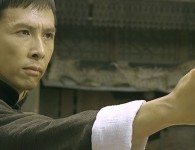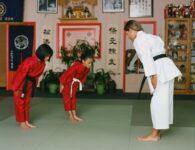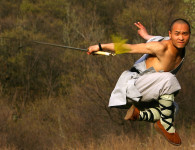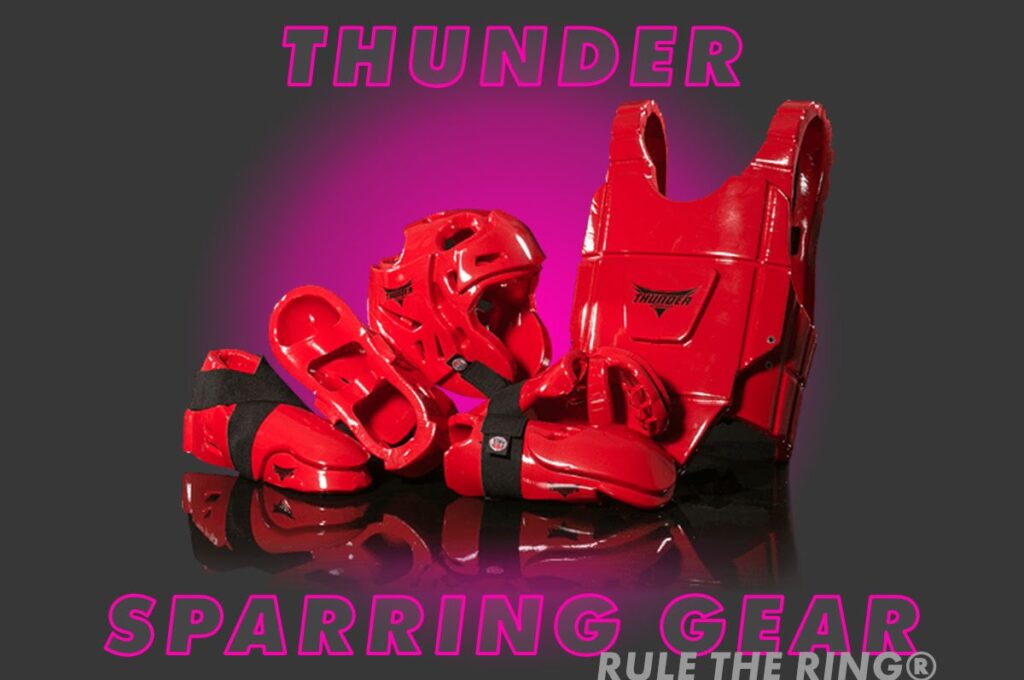
So you’re about to add sparring to your martial arts training. You’ve got the curiosity, the willingness to learn, and a humble attitude ready to go. But maybe you’re not sure what else you need to bring to your first sparring sessions.
If you’ve got the right mindset and the techniques that you’re ready to test in a controlled sparring environment, this blog can help you take care of the rest.
This buyer’s guide is designed to help beginners navigate the world of martial arts sparring gear. Here’s what you’ll need right away, what you’ll need if and when you get more serious about your training, and other items you might want to consider.
The Essentials
The first items of sparring gear that you’ll need to invest in are the ones that are only for personal use. For hygiene purposes, there are some items that gyms can’t offer for communal use and that you shouldn’t borrow from a fellow martial artist. (And that they probably wouldn’t lend to you, anyway.) For safety reasons, there are also some items that work best when they’re properly fit to you and you alone. They include:
- A Mouthguard: Using a properly fitted mouthguard will protect your teeth and the soft tissues in your mouth during both grappling and striking-based sparring. For more information on what mouthguards do and why you need one, check out our blog post, “How To Choose The Right Mouthguard.”
- A Cup or Supporter: If you need groin protection during sparring, you’ll want to invest in your own cup or supporter designed for martial arts sparring.
- Handwraps: Technically, you don’t need to use your own handwraps if you’re sparring with gloves. But these small but powerful pieces of martial arts gear don’t just protect the bones and soft tissue in your hands and wrist during striking training. They’re also designed to absorb excess sweat and make your gloves fit and feel better. So you’ll probably feel a lot better if you get your own pair right away.
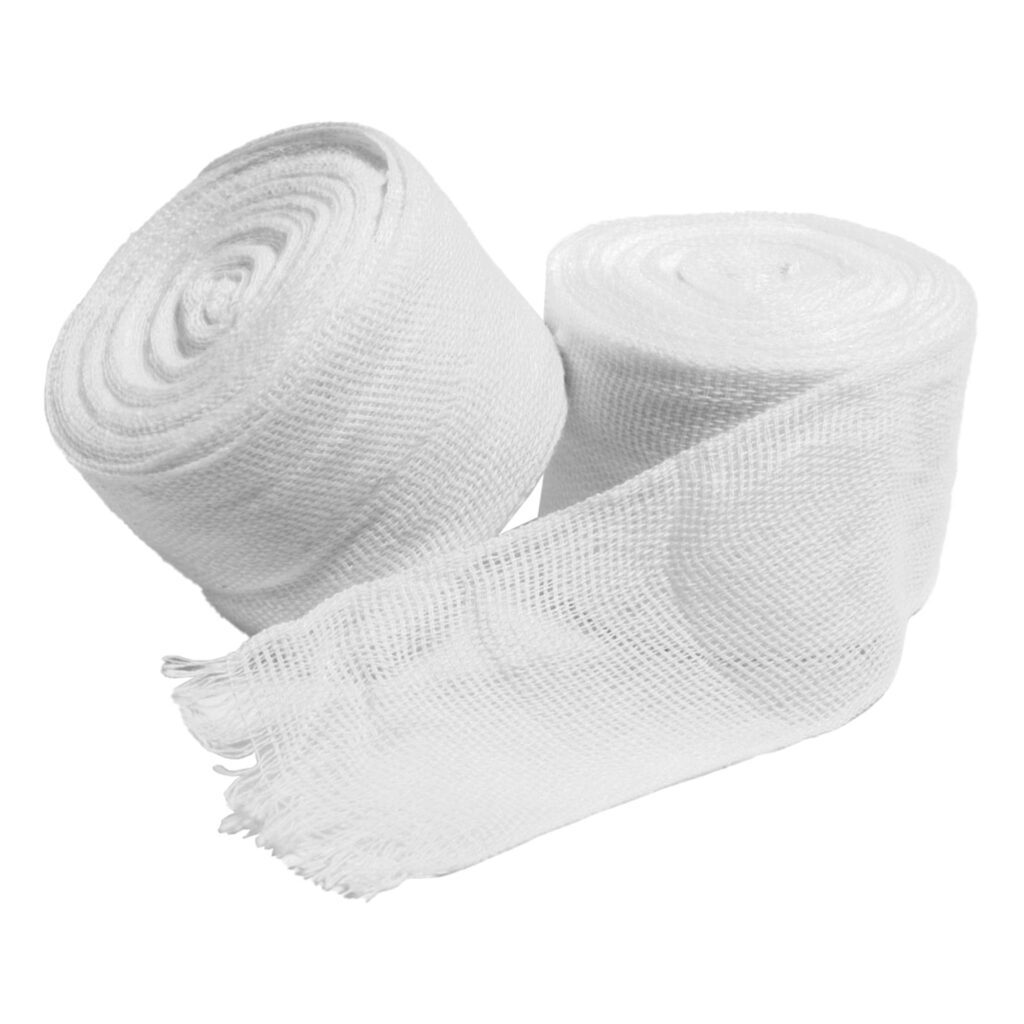
The Next Step
If you know exactly what you want, you can also invest in these items at the beginning. But if you’re just testing out a few sparring sessions to see if you want to continue, or if you’re not sure which models will work best for you, these purchases can wait a little while. Most gyms will have some gear on hand that you can use while you figure out your sparring style and training gear needs. Once you have a better idea of how you train and what you want out of your sparring gear, you can start to research and buy the following:
- Headgear: Different martial arts involve different striking techniques, so you will need to find headgear that is right for your size, training goals, and the demands of your specific martial art. But the general idea behind headgear remains the same. If you are sparring with any combination of punches, elbow, knees, or kicks, wearing headgear will protect you from cuts, scrapes, and swelling. For more information, check out our blog post, “Head Guards In Martial Arts: An Introduction.”
- Gloves: The deal with sparring gloves is similar. Different martial arts and combat sports have different techniques, and therefore require different types of gloves. But the idea behind all of them is the same. When you punch, they diffuse the blow, which protects your hands and wrists—and your training partners—during sparring.
- Shin and Instep Guards: Whether or not this type of sparring gear is required might depend on your martial art and the rules of your gym. But if your sparring involves kicking, a set of shin guards or instep guards will help to protect the sensitive bones in your shins and feet from direct impact during sparring. They can also protect your training partners from the sharp edge of your shin bones when you connect with a good roundhouse.
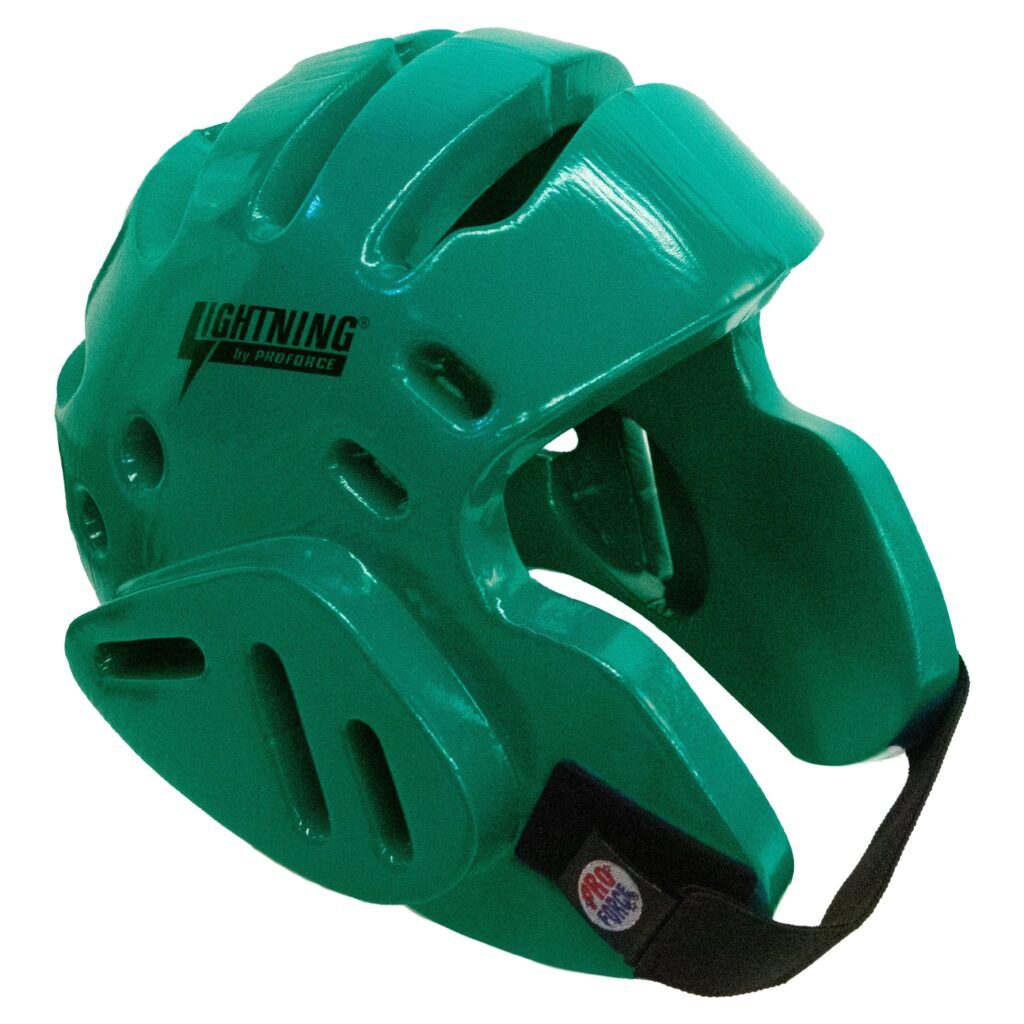
- Footwear: What you’ll put on your feet also depends on your discipline. Boxing requires boxing shoes. Karate and Taekwondo uses sparring boots. And in Muay Thai, you go barefoot (although some martial artists will choose to use instep guards during Muay Thai sparring).
- Chest Guards: The rules about chest guards are also different between martial arts. They can even be different between governing bodies in the same martial arts. For example, chest guards are mandatory in some styles of Taekwondo competition, but not others. But even if you don’t have to wear one in sparring, you can use one if you’re concerned about injury. Or if you’re new and feeling nervous. Chest guards protect the wearer’s chest and abdomen while sparring or training. These guards play an important role in preventing chest trauma, broken ribs and other serious injuries.
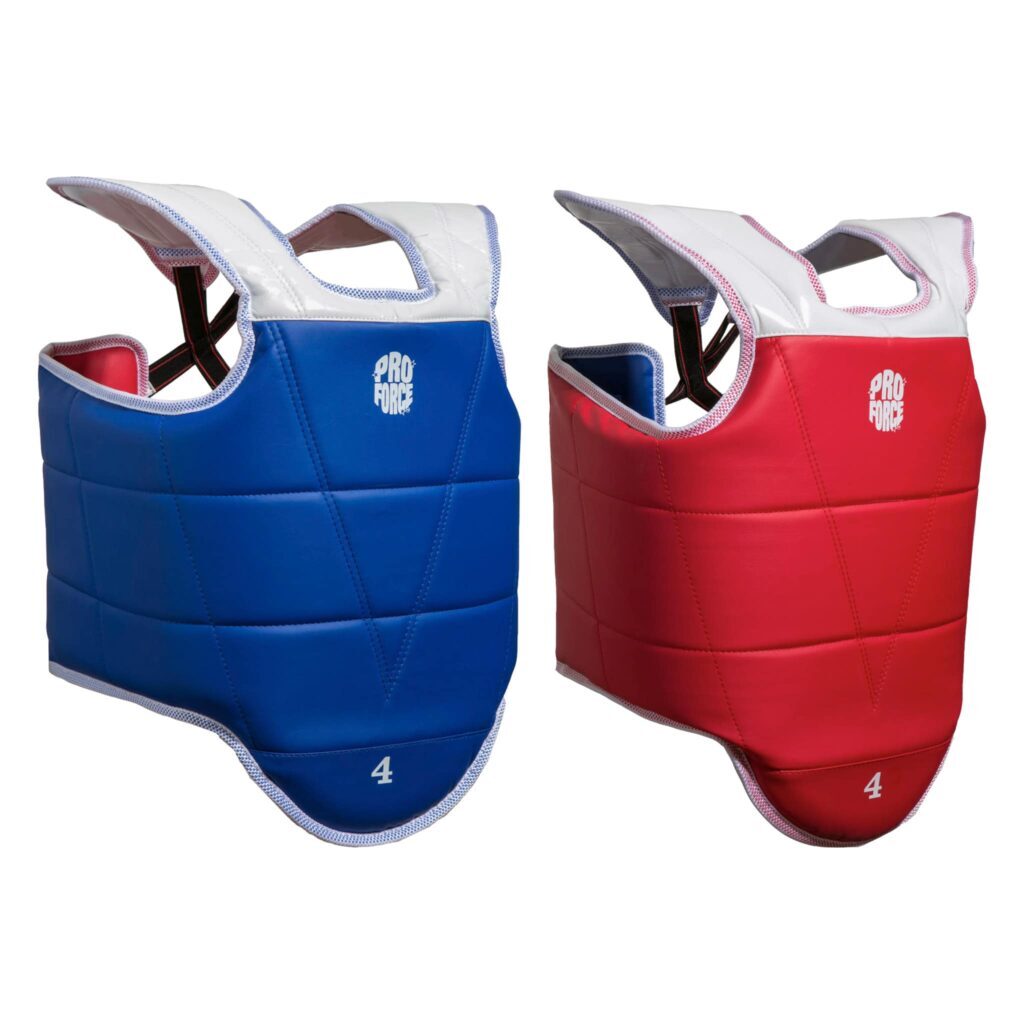
Optional Additions
Once you’ve taken care of the mandatory sparring gear, it’s time to think about your personal goals and needs. Do you have any injuries or imbalances that need a little bit of extra care? Or would you simply feel more comfortable if one or more of your joints had some extra support? Knee, ankle, or elbow pads or sleeves can keep you more stable in your sparring. Which can also help you to feel more confident. Is grappling sparring starting to hurt your ears? An ear guard can make your head feel better and prevent you from getting cauliflower ear.








